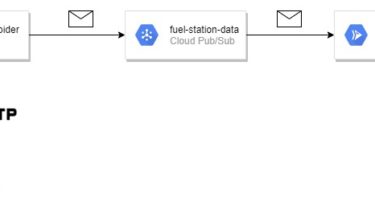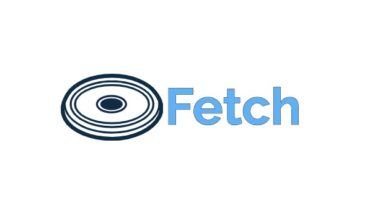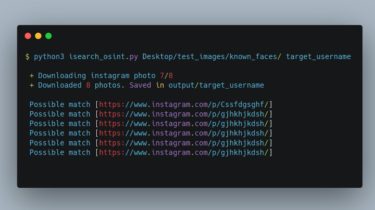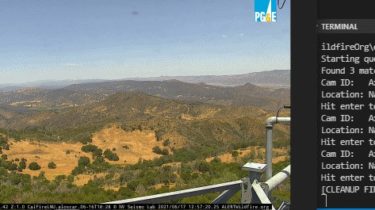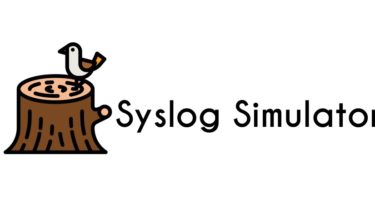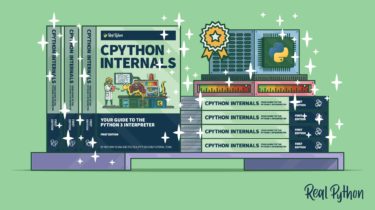Tool To generate Stable Undetected Payload
windowsPayload Tool To generate Stable Undetected Payload git clone https://github.com/youhacker55/PayGen/ cd PayGen python3 generate.py if you are On linux Install Py on Wine and Compile using pyinstaller (I recommend to Use Windows For Compiling) Features [x] Create Payload With MsfVenom Automated [x] Creates a handler.rc file [x] Undetectable [x] Stop Sec Services And Kill Av Process [x] AutoPortForwarding(Ngrok) [x] Obfuscate Payload Video ## GitHub https://github.com/youhacker55/PayGen
Read more
